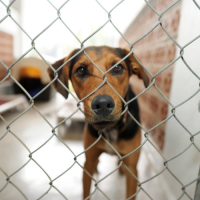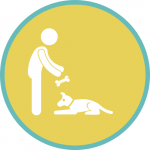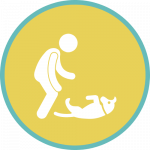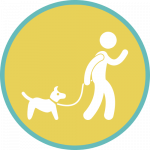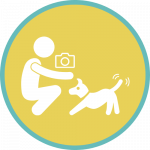Suddenly they are liabilities who are prone to biting people and fighting with other dogs, putting staff, volunteers and visitors at risk. THESE are the dogs who become “at risk” at our shelter. If they have any medical issues, such as heartworms, or are a breed not welcome by landlords, such as pit mixes or German Shepherds, they are even more at risk because the pool of potential fosters and adopters has narrowed even more.
HSNBA does more than most open intake shelters when it comes to helping these dogs but we CANNOT DO IT WITHOUT YOU. The community let these dogs down and it’s the community that is going to help them. Once a dog becomes a danger to themselves and/or the people that are trying to help them, we are literally between a rock and a hard place.


